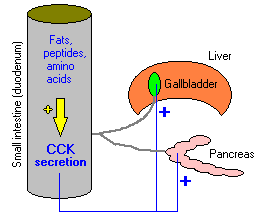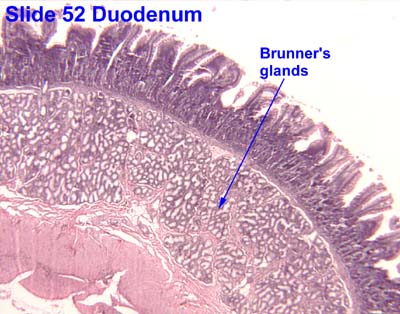My final week of Histology. I can't believe it. It's very saddening because it was a very enjoyable class.I'm really going to miss it.
As I reflect on this past semester, it's amazing how far I've come. When it first started, I was very scared of this class. I never knew what histology was and what it entailed. The first couple of weeks were hard. I had to learn how to adjust to the new teaching style and how to adjust my studying for this class. Eventually I got the hang of it.
I brought my laptop to class look at the corresponding Powerpoints and take notes on them. Interaction was key for my understanding. I generally remained quiet unless I did not understand something. For exams, I figured that rewriting everything in a notebook along with highlighting key points and looking at pictures brought me a long way. With each exam, I got a higher score than before. I was learning and retaining the information.
A lot of the information I was learning was overlapping with classes I took or was taking at the time. A lot of it was like Animal Physiology and some of it from Biochemistry. Honestly, I would have never done as well on my Biochemistry exams if it weren't for Histology. It was so awesome. This was the best semester I've ever had just because of Biochemistry and Histology. These two classes have really reinforced my love of science and learning. I have no doubt in my mind that I've exactly where I need to be.




